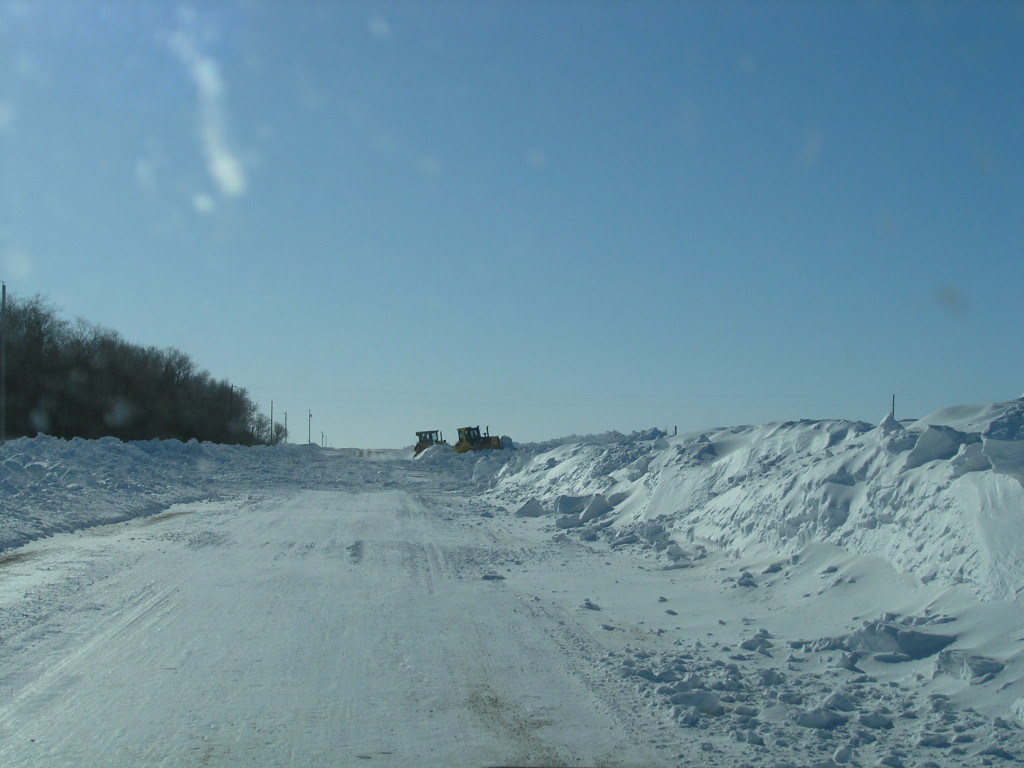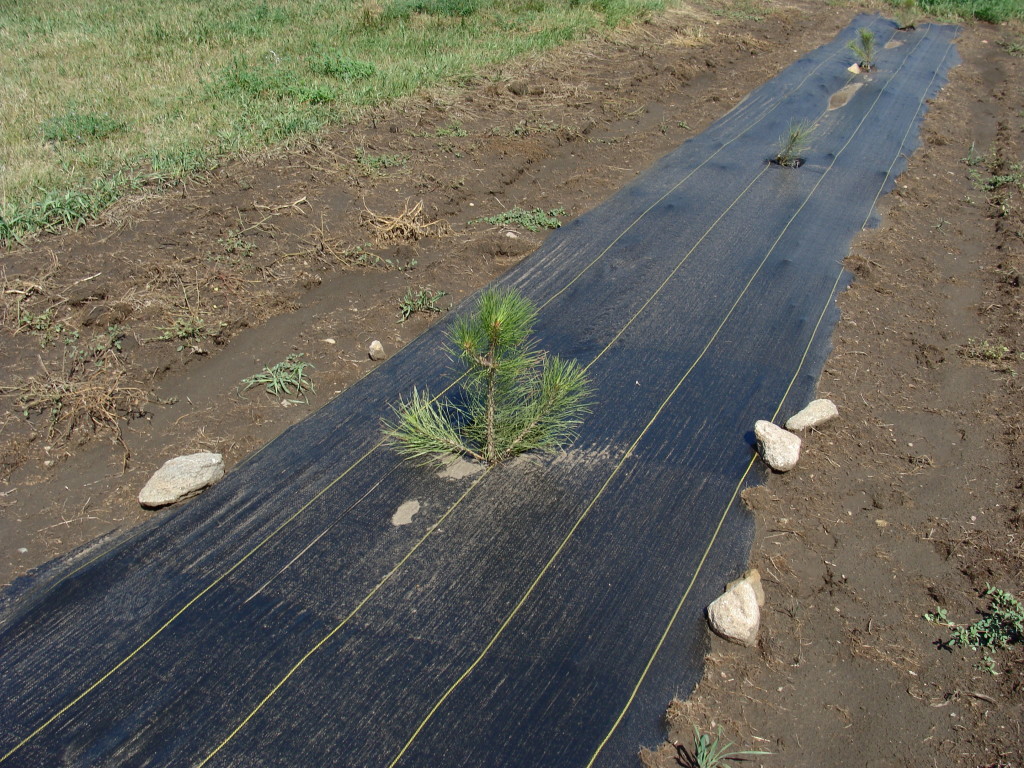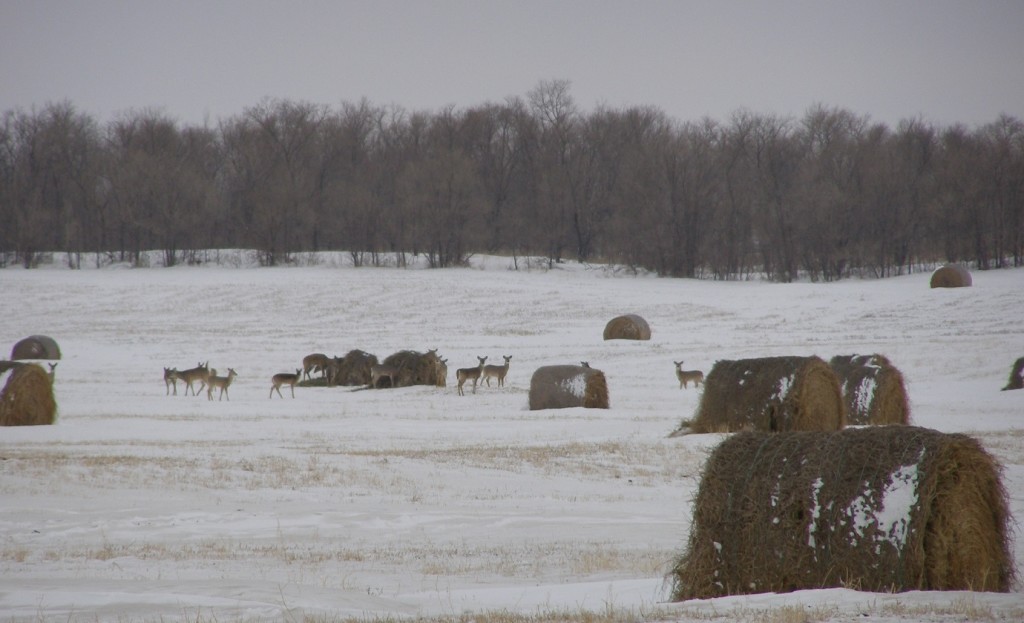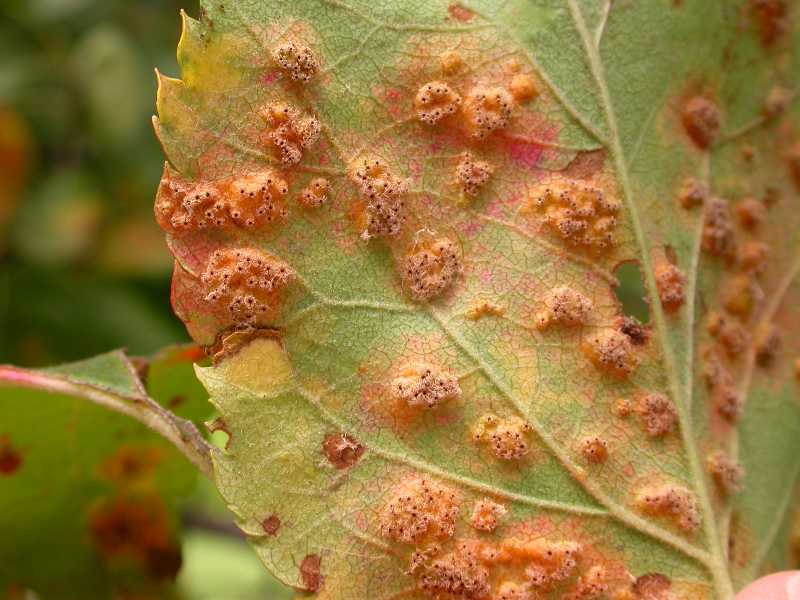- Determine the True Purpose of the Tree Planting– The first step to planning is setting goals. What do you hope to achieve with this planting? Are you looking for wind protection, privacy, aesthetic enhancement, or something else? The rest of the planning process will be reliant on the purpose(s) you choose, so be sure to take all goals into account when getting started.
- Look at Potential Consequences– When planning for tree planting, it is important to consider the impact that trees may have on the surrounding area. Poorly placed trees can obstruct visibility, grow into septic drainfields, cause snowdrifts in unfavorable locations, and interfere with powerlines and other utilities. Often times more space is required for trees than you might think. For example, snowdrifts generally occur on the leeward side of a tree planting and span at least three to five times the trees’ height to the deepest point. With a row of 20 foot tall green ash, there could be between 60 and 100 feet to the deepest point of a resulting snow drift given the right conditions. It is ideal to plan for the worst possible conditions and to leave extra room if there is available space. NRCS recommends a 200 foot minimum setback distance for shelterbelts.
- Right Tree, Right Soil– Matching tree and shrub species to the type of soil in the desired planting location is often overlooked, yet it is one of the most important factors to consider. Simply put, different trees do better in different places; this statement is true even within a single windbreak. Contact your local Soil Conservation District or NRCS Field Office for assistance in choosing the correct species for your soil type(s).
Or visit Web Soil Survey to check your soils!
How to use Web Soil Survey
- Diversity– Using a variety of species is essentially an insurance policy for your planting. Having several species within a planting or row will reduce the risk of large scale failure as a result of site conditions, weather, disease, or pests. The overplanting of green ash and the advent of the Emerald Ash Borer provide a good illustration of why diversity is key.
- Controlling Competing Vegetation– Proper site preparation is largely beneficial in the success of any tree or shrub planting. An entire growing season of weed control (including sod) should be maintained on a site before planting occurs. For each individual row, it is recommended that an area at least 6 feet wide is kept free of live vegetation for the entire length of that row. Weed control can be done using chemical application, tillage, organic mulch, or weed barrier fabric. When using chemical, it is important to exercise caution when choosing the type of herbicide to be used. Refer to the herbicide label to ensure that the chemical carryover will not be a problem come planting time.
- Take Wildlife into Consideration- Consider the use of species that are beneficial to wildlife such as juniper, chokecherry, buffaloberry, rose, and silverberry. As a general rule, most species that produce edible fruits or nuts are valuable species for wildlife. Providing trees and shrubs of different heights to increase vertical diversity within a planting can be beneficial for a number of song birds, as certain species show preference for taller or shorter trees or shrubs. Evergreen species can be used to provide protection from the elements during the cold winter months; species with dense foliage such as spruce, juniper, and cedar are preferred as they provide the best wind protection.
- Minimize Risk of Disease– Certain species of trees and shrubs are susceptible to preventable diseases. Juneberry, hawthorne, apple, and crabapple should not be planted near junipers or cedars due to risk of cedar-apple rust, a fungal disease that requires two host species to survive. It is also wise to avoid planting cotoneaster near crabapple and apple trees; cotoneaster is prone to contracting fireblight, a disease that can severely damage apple and crabapple.
- Planning around New Construction– When having a new building put up, it is wise to plan tree plantings before construction takes place. Setback distances, utilities, and septic drainfields are all things to take into consideration when making decisions on tree placement. Planning far in advance is especially important when working with limited lot space, as fitting trees into tight spaces generally does not work well.




